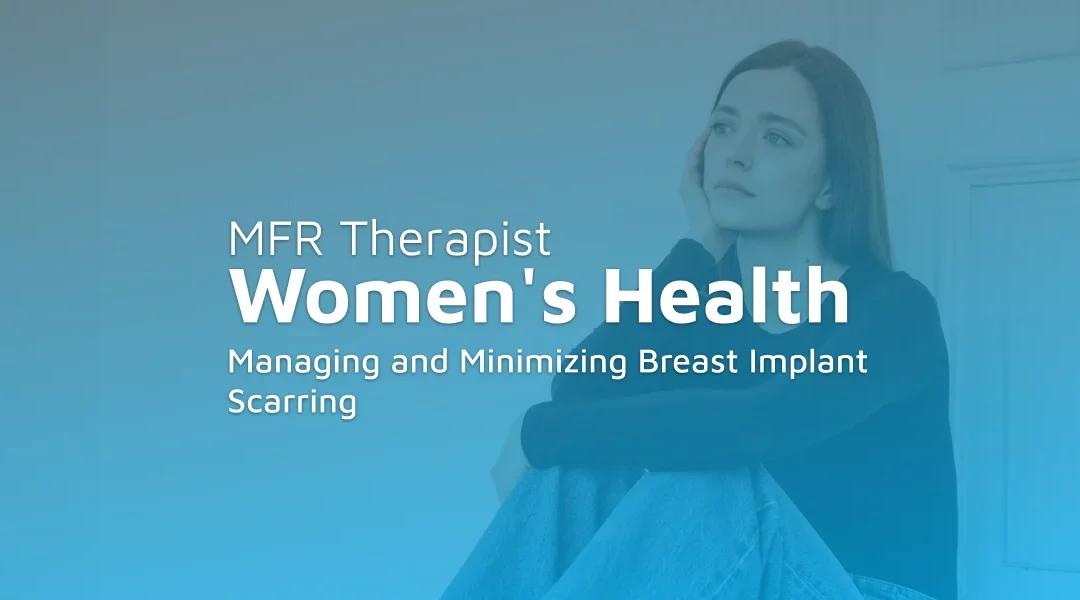The degree of scarring can be quite personal and varies from one individual to another. Genetics play a role in how your body heals and forms scars. Your skin type, which may affect how prominently scars can be seen, and the specific surgical technique employed by the surgeon, are also pivotal in determining the final appearance of scar tissue.
In addition to personal health and physiological factors, the surgical technique, as mentioned above, is instrumental in determining the quality of scarring. For instance, utilizing more refined surgical methods can lead to less noticeable incisions. Post-operative care is another crucial element that can greatly influence scar development. Diligent care post-surgery can decrease the probability of infection or other complications, thereby facilitating an optimal healing environment.
Scar massage techniques
For individuals with existing breast implant scars, certain scar massage techniques can significantly improve the appearance of scars. By stimulating the area through gentle massage and applying pressure on the scar, circulation is increased, helping to soften the scar tissue. Regular massage can also help distribute collagen more evenly, preventing buildup and reducing scar thickness.
Topical treatments
Topical treatments can serve as a beneficial approach in managing existing breast implant scars. Incorporating products such as Vitamin E oil, silicone sheeting, or cortisone creams may aid in softening scars and diminishing their visibility. Nevertheless, it is essential to initiate these treatments only after the incision site has completely healed. Furthermore, consultation with a healthcare professional is advisable to confirm the appropriateness and safety of the chosen scar treatment method for your individual needs and circumstances.
Lifestyle changes
Adopting certain lifestyle changes such as maintaining a balanced diet, staying hydrated, and protecting the scar from sun exposure can improve the healing process and reduce scar visibility. A balanced diet rich in vitamins and nutrients promotes healthy skin regeneration. Proper hydration improves skin elasticity and aids the healing process. Protection from sun exposure is crucial as UV rays can cause hyperpigmentation, making scars appear darker.
Medical procedures for scar reduction
In some cases, medical procedures such as laser treatments or microdermabrasion may be utilized to further improve the appearance of scars. Laser treatments work by breaking down scar tissue, allowing new, healthier tissue to grow in its place. Microdermabrasion, on the other hand, removes the top layers of the skin, triggering the growth of healthier, more elastic skin. These procedures should be performed by qualified healthcare professionals to ensure safety and efficacy.
Myofascial release therapy
Myofascial release (MFR) therapy is a specialized, therapeutic technique that involves applying gentle, sustained pressure and stretch to the myofascial connective tissue. Fascial tissue covers and connects the muscles, organs, skeletal structures, and cells in the body. By releasing fascial restrictions and tension, MFR therapists help patients eliminate pain and restore motion. MFR can be particularly beneficial in managing scars, as it improves circulation to the scarred area, promotes better healing, and helps to soften and reduce scar tissue.
Finding a certified MFR therapist can ensure that you receive the highest quality of care and can provide a pathway to relief from discomfort and improved scar management. MFR Health provides a free searching capability to help patients find therapists suited to their specific needs. At MFR Health, certified MFR therapists have been trained in the John F. Barnes’, the leading expert in the field of MFR, methodology of MFR therapy. This means they possess the specialized skills needed to target scar tissue effectively and enhance your overall wellness. Visit the directory to locate a MFR therapist near you.

